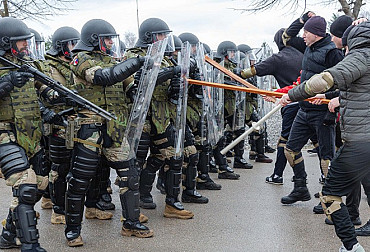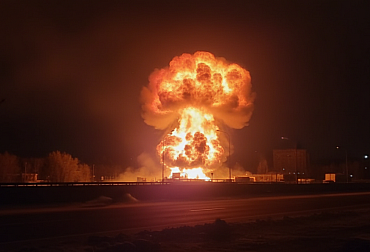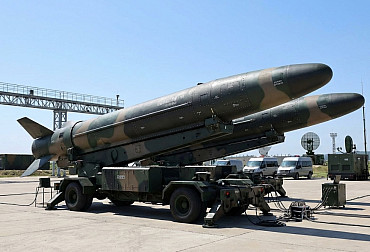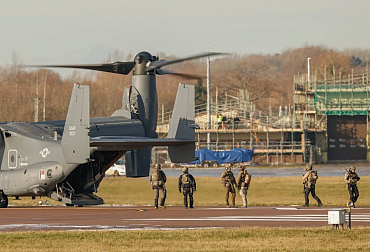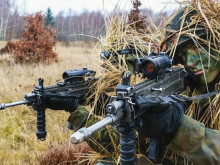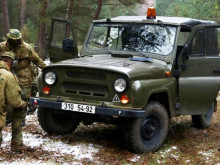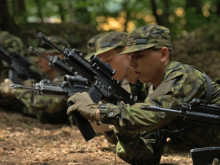Multinational transport squadron in the Czech Republic
In mid-April, the Czech media started talking about the possible establishment of an American base in the Czech Republic in connection with the working trip of Defence Minister Jana Černochová to the USA. As quickly as this idea appeared in the media, it quickly disappeared. However, the idea of a new base in general terms should not be condemned, as it could create a multinational squadron of large transport aircraft - a key capability that small states in particular lack.
In its strategic documents, the Army envisages a transport air force. The Concept of Build-up of the Czech Army 2030 on transport aviation states: "Transport aviation will transport people, material and perform tactical transport of combat troops and airborne troops over short and medium distances. It will be capable of transporting persons and carrying out medical removals of persons up to strategic distances and performing special tasks for the benefit of the Czech Republic. It will ensure the fulfilment of the tasks of transporting constitutional officials of the Czech Republic. Strategic transport of persons, large volumes of material, equipment and in-flight refuelling will be ensured beyond its own capabilities by engaging in international programmes."
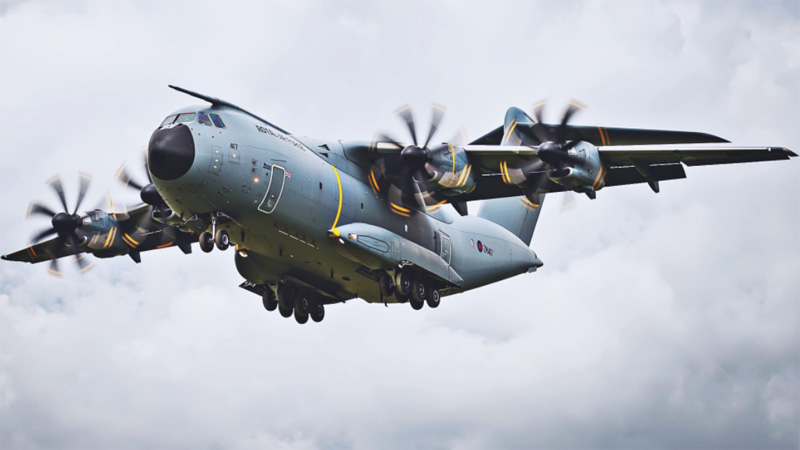 Picture: The Army envisages transport aviation in its strategic documents (pictured Airbus A400M Atlas) | USAF
Picture: The Army envisages transport aviation in its strategic documents (pictured Airbus A400M Atlas) | USAF
The Long Term Defence Outlook 2035 then states, "The Transport Air Force will have passenger and cargo aircraft ranging from light to medium aircraft capable of transporting people and some combat equipment up to strategic distances. Efforts will be focused on increasing the self-sufficiency of this mode of transport. In particular, ensuring the capability of strategic airlift of troops will be a priority. Strategic airlift will be provided primarily through participation in multinational programmes."
Moreover, in recent years it has become clear that air transport is a very important part of the military's armament. Whether it was transporting medical supplies from China during the COVID-19 pandemic or evacuating people from Afghanistan last August. In both cases, it became clear that the Army needed its own transport aircraft, as the current fleet is insufficient, the Strategic Airlift International Solution (SALIS) programme involves multiple nations and the Army has only a limited number of hours on lease.
Thus, the recent mention of a US base may serve as the beginning of a debate about a multinational transport air base located on the territory of the Czech Republic. In general terms, this idea could serve to expand the capabilities of the own transport air force by using as many Airbus A400M Atlas aircraft as would provide the planned intentions of the Ministry of Defence within the future vision of transport aviation. In fact, it was these aircraft that the Czech Ministry of Defense was interested in in 2017, according to the Defense News website. At that time, a joint lease of 13 units with Switzerland was to be discussed.
The acquisition of the Airbus A400M also makes sense given the total number of units ordered - 176. The A400M aircraft is being operated by the air forces of Germany, France, Great Britain, Spain, Belgium and Turkey within NATO. High interoperability and the possibility of cooperation on further development are among the undeniable advantages. From a technical point of view, the A400M is an intermediate aircraft between the Lockheed C-130 Hercules and the Boeing C-17 Globemaster III. In addition, the A400M has in-flight refuelling capability, which may be a welcome capability within the AAF, given the limited number of leased hours in the MRTT (Multi Role Tanker Transport) project.
If this type were to be acquired, it could eventually be deployed to the same airfield where the International Transport Squadron would be based. In this line of reasoning, the fact that the German Bundeswehr and the British armed forces have reduced their orders for these transport aircraft in recent years is particularly useful. In addition, the German Air Force has recently established an international transport squadron (MNAU) with Hungary, consisting of 13 Airbus A400M aircraft, at Lachfeld near Munich, Germany.
Either a separate multinational squadron consisting of A400M aircraft or an offshoot of the German-Hungarian MNAU project could then operate in the Czech Republic at Mosnov airport. It was Mošnov that Marian Jurečka, a representative of the Czech government coalition, mentioned in connection with the location of a US base in the Czech Republic in a television debate on CNN Prima News on 10 April 2022. In principle, this would be a project identical to the SALIS and SAC (Strategic Airlift Capability) programmes, which is located at the Hungarian Papa base and consists of three Boeing C-17 Globemaster III aircraft. Czech transport aircraft and transport aircraft of the multinational squadron would then operate together at the airport in Mosnov. The Czech Republic would thus have its own capacity, which could be increased by the capacity of the multinational squadron if necessary.
While the SALIS and SAC programmes provide important transport capabilities to NATO members to date, on the one hand, it is necessary to analyse possible future developments and respond appropriately. In the case of the SALIS programme, this is particularly the case in relation to the war in Ukraine and the uncertain future of this programme. In the case of the SAC, it is then the link with European autonomy in the area of defence and security. In this programme, the United States holds the largest share of hours (32 %), but in recent years it has turned its attention to the Indo-Pacific. It is the growing tensions in this region and the need to redeploy US forces and assets from Europe and other parts of the world to this area that may lead to the (albeit temporary) unavailability of SAC capabilities to other participating states. Therefore, there is a need to build up limited indigenous and joint European transport capabilities.











